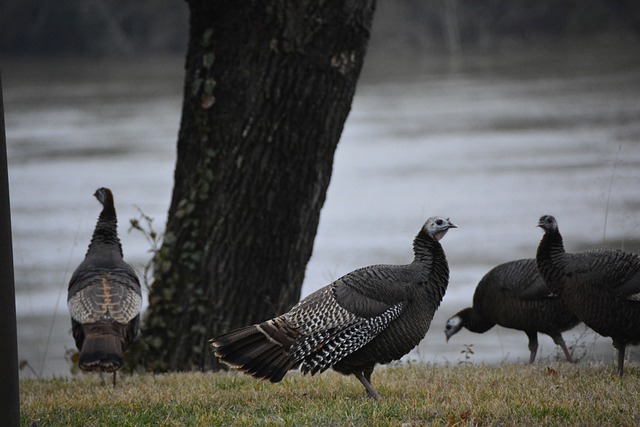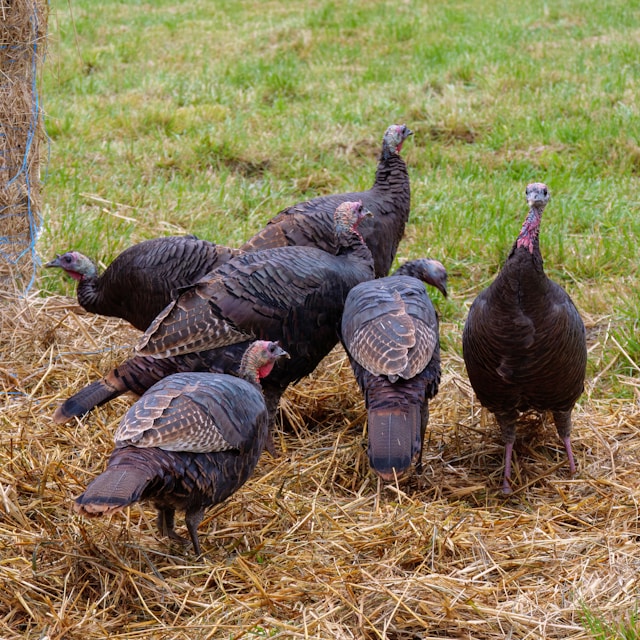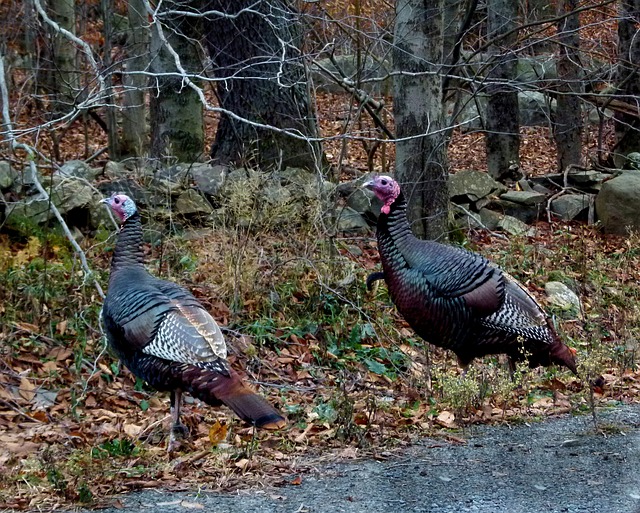Hunting in Ohio requires possessing both an Ohio game bird hunting license, turkey permit and appropriate ammunition – hunters should wear hunter orange while moving through the woods and positively identify gobblers by sight before shooting them. To learn more about the process and what’s best to do, read on.
Table of Contents
Know Your Prey
Ohio turkey hunting requires planning. Ohio’s turkey season only allows bearded birds with minimum beard lengths between 12 inches and 21 inches to participate, meaning you’ll have to do your research beforehand and identify gobblers who respond to your calls as you search.
Locate where turkeys are gathering. This can be accomplished on a quiet morning by driving or walking along logging roads or hiking trails, listening for gobbles. Or hike to an elevated site and listen from there.
Once you know where turkeys are roosting and feeding, the next step should be developing an action plan. Set up a feeder near a busy travel route during the afternoon hours or use a locator call to lure a tom closer if need be.
Remember that electronic turkey calls are prohibited in Ohio, so all calling must be done using either a box call or your own voice. Also note that only one turkey may be killed per hunter.
Hunting turkeys is an exciting activity on Ohio’s 651,000 acres of public land, including Wayne National Forest and Grand River Wildlife Area in Ashtabula County. Early season is especially competitive; those willing to wait until mid or later season will have better odds at finding one and shooting it successfully.

Know the Law
Hunting turkeys on public or private land requires abiding by state hunting laws in order to prevent unlawful harvests, which can result in fines, confiscation of the illegally killed turkey and loss of hunting privileges.
Eastern counties typically boast the highest turkey populations and wild opportunities in Oregon. Turkeys prefer these environments over open fields or farmland, providing hunters with ample chances to capture these birds in action.
Scouting local areas early can help increase chances of success during the spring season, by helping hunters determine where the population of turkeys tend to roam and pinpointing potential hunting spots on public and private lands.
Turkey hunters must also pay close attention to weather. When a front moves through, its passage can alter wind direction, altering where turkeys are found (source: https://www.reddit.com/r/theHunter/comments/11yd7ot/my_personal_turkey_hunting_experience/). Therefore, it’s essential that hunters be on alert for wind changes, be prepared to move quickly if necessary, bring a sturdy pair of boots for wet ground or standing water environments as some habitat may include wet ground or even standing water and ensure they bring an effective turkey call that lures gobblers within range for shots at the end of their hunt day.
This is something an amateur cannot do unless equipped with quality calls capable of making realistic sounds mimicking how gobblers communicate among each other – this way gobblers communicate among themselves as well as be equipped with tools capable of calling gobblers at nighttime!
Know the Habitat
Once you’ve secured a license and identified suitable turkey habitat in your area, consider hunting during midmorning or early afternoon (if legal). At these times many hunters are still out of the woods so you have a greater chance at hunting gobblers calling out to their hens; walking slowly while listening closely is key here to finding gobblers calling back; you should also look out for large three-toed footprints marking hen strutting grounds as well as J-shaped scrapes where toms rub their wings against trees in search of turkeys!
Wild turkey populations tend to be highest in Ohio’s eastern and southern counties, yet hunters harvest them throughout. Recent wild turkey brood surveys indicate above average nest productivity which should help hunter success this spring.
The Ohio DNR’s online Turkey Map (seen here) can assist hunters in finding public lands open for spring hunting, with many areas requiring extra effort in order to access gobblers. You may need to cross a creek or marsh or hike up steep ridges to reach gobblers that other hunters don’t access; or look out for natural barriers such as thickets of tall grass with old woods roads running through them that might deter other hunters.
If you’re hunting on public land, take some time to scout travel corridors on surrounding private properties as well. Sometimes asking landowners permission can make all the difference in having an effective hunt; an example would be Mohican River Wildlife Area near Central Ohio which is surrounded by private property but still popular with turkey hunters; taking shortcuts through private property can help avoid other hunters entirely while increasing your chances of seeing more gobblers.

Know the Birds
Knowledge is power when it comes to wild animal killing. Regularly scouting the land you’re hunting on and learning what signs to look out for can make all the difference when it comes to bagging gobblers. Professional scouting like OGO Turkey Hunts can help identify where turkeys reside, their daily patterns and nesting habits so you can maximize success with hunting them successfully. Scouting also gives an indication of when gobbling will occur as well as which calls will work effectively.
Wild turkey hunters appear to be finding their groove again this year. Through Sunday’s two-day youth season, Ohio Department of Natural Resources biologists have checked 14,673 bearded birds. This number represents an increase from last year when just over 10,000 turkeys were taken in total for the full spring season and two-day youth hunt.
These early results demonstrate that turkey populations are rebounding despite last year’s low harvest and this year’s one-bird limit established for hunting on public land in Ohio, particularly for hunters who prefer hunting on public lands such as Wayne National Forest in Ashtabula County or smaller and more intimate tracts like Grand River Wildlife Area in Crawford County – both providing great opportunities to bag a gobbler without competing against crowds of hunters.
ODNR staff are conducting more research, such as brood surveys and multi-year nest studies and gobbling frequency studies, that will assist them in creating scientific hunting regulations to protect wild turkey populations for years to come in Ohio.




